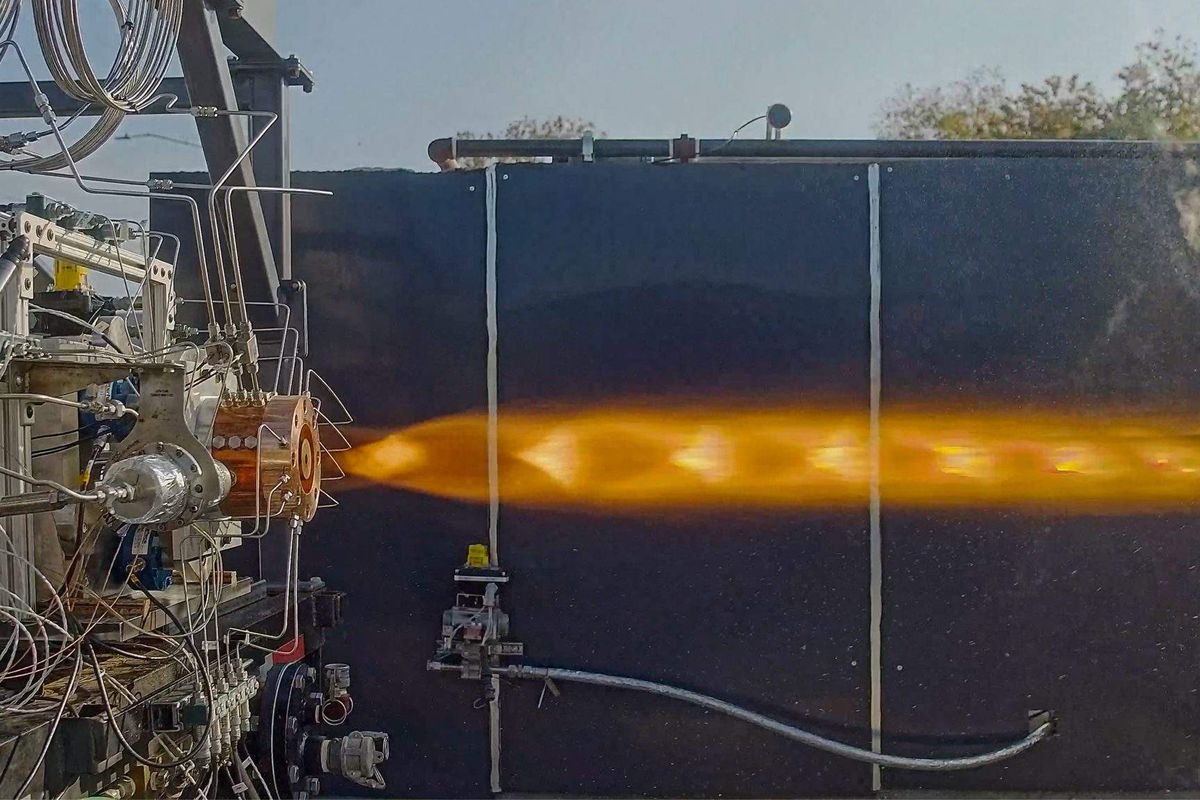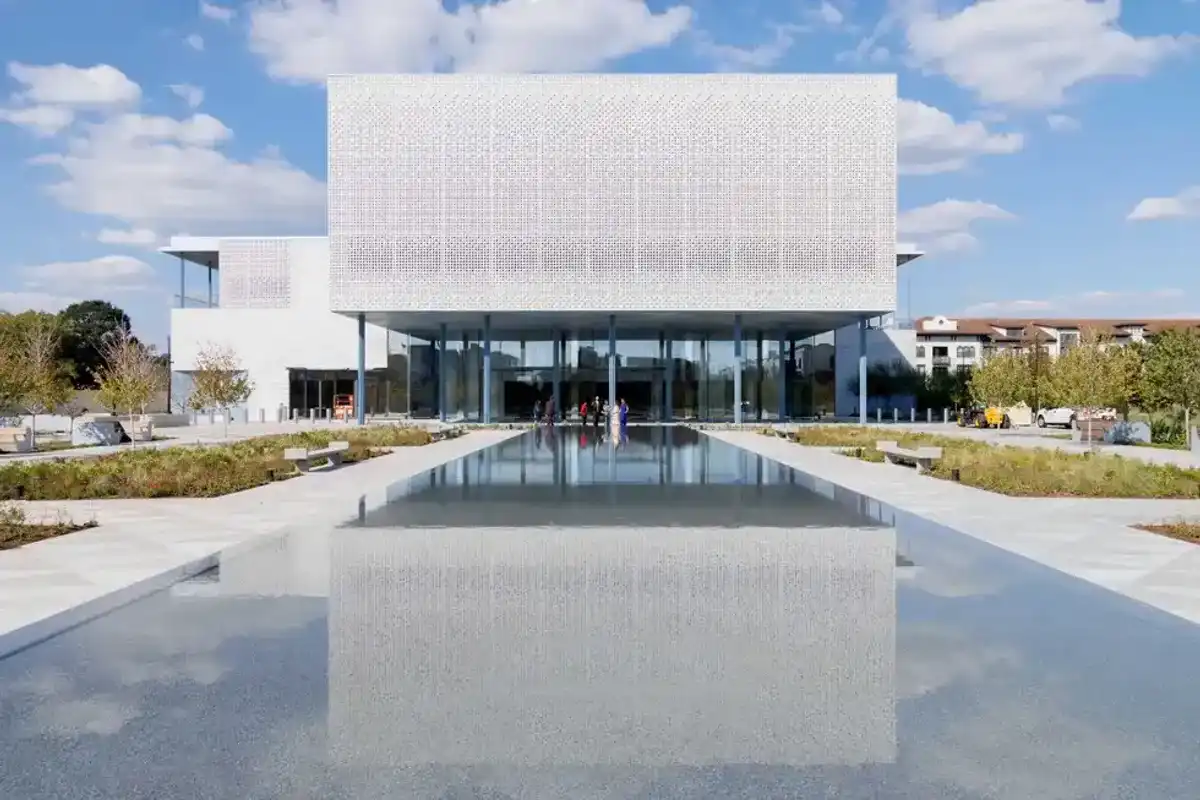Houston has long been known as an innovative city — from medicine to technology to creative cuisines (see Viet-Cajun). I am always proud to see how cultures, education, and change come together to build the fabric of our city. As we look forward to a new future, we need to look no further than one of our strongest industries: energy. As many before me, I've sat down to ask: What does that next chapter look like for Houston?
Renewable energy has rapidly grown in Texas and across the country. Emerging technology has furthered this innovation, bringing wind and solar projects that are more powerful and reliable online from the Panhandle to deep in the Rio Grande Valley. As these new projects come online, aging wind facilities built in the early 2000s are beginning to be revitalized, gleaming bright white with newer, longer blades. And, similar to cleaning out your closet of old clothes, the current blades have to go somewhere. Where others see a problem, we saw an opportunity: We've made a business out of recycling them.
At Everpoint, we are demolishing and removing blades all across the US, with projects in North Dakota, Colorado, and even here in another Texas city, Sweetwater. In this rural Texas town, wind investment took Nolan County market value from $607 million in 1998 to $3.2 billion as development peaked in 2009. This growth enabled the school districts, county, and hospital district to expand and upgrade their facilities. As a trailblazer in the industry, we worked closely with the Sweetwater team to handle a smooth transition, allowing their community to look forward to a breezier future.
The industry is quickly innovating to meet the demands of Texas' future, and new opportunities are forming every day, something we're proud to be a part of, especially as a veteran-owned company. We are driven to make the future of energy more transparent and traceable, that's why we partner with firms like Media Sorcery which uses sensors and an ESG based blockchain built by another Houston firm, Topl, to maintain full accountability throughout the decommissioning process.
Beyond our company, the renewable energy industry employs veterans at a higher rate than the national average, with more than 11,000 in the wind industry alone. As a veteran myself it only made since to team with another veteran founded company to pursue this opportunity. I appreciate meeting fellow veterans every day that are applying the skills they learned in the military: a technical knowledge base, teamwork, and discipline.
Across Texas, renewable energy is powering 40,200 well-paying careers that I know are building toward a better, brighter Houston. It's in our blood to continue the Texas legacy of welcoming energy industries, like wind and solar, into our state. I believe in an all-energy approach to the energy transition. Renewable energy is about more than hearts and minds, it's about dollars and cents.
In honor of that, we are celebrating American Clean Power Week this week, October 25-29, and we hope you will join us. Not to celebrate one industry, but to embrace an all of the above, made in Texas energy future — a future that I know we can all be proud of, and where Houston will be the Energy Capital of the Future.
------
Kevin Doffing is the chief commercial officer of Everpoint Services.





 2025 Houston Innovation Awards winners revealed at annual eventThe 2025 Houston Innovation Awards winners have been revealed. Courtesy photo
2025 Houston Innovation Awards winners revealed at annual eventThe 2025 Houston Innovation Awards winners have been revealed. Courtesy photo